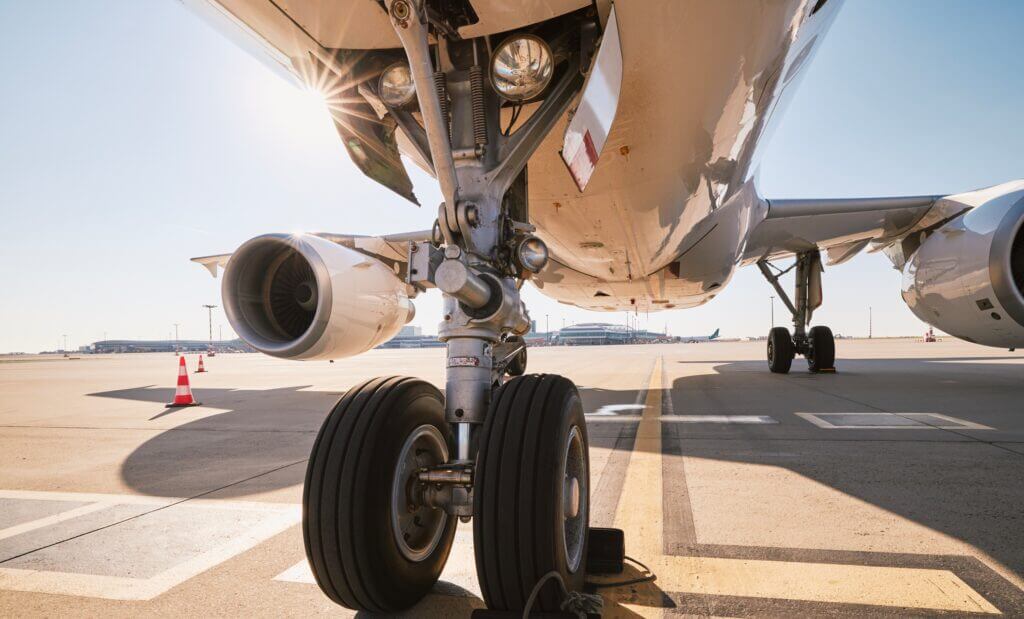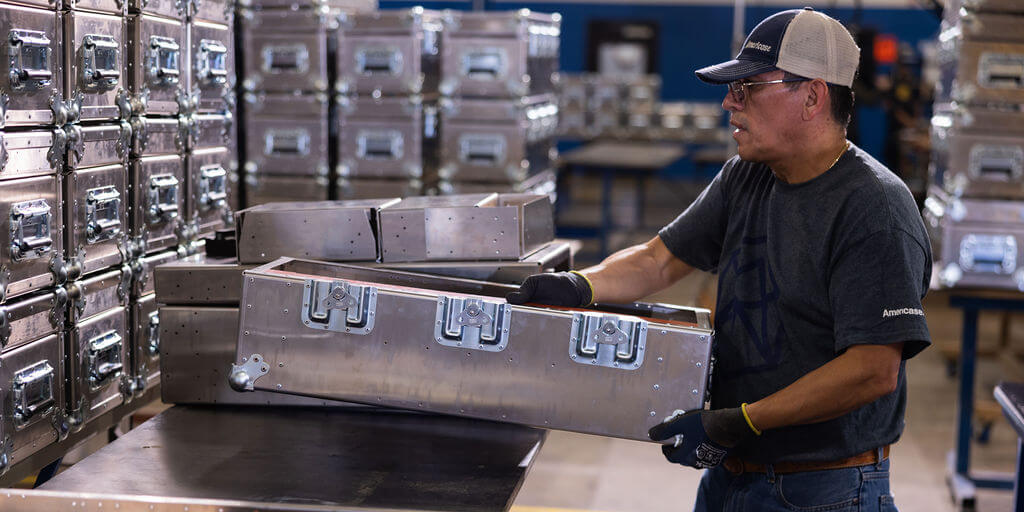How Dangerous Goods Regulations Are Made—and Why the UN Still Leads the Way
Read Storyby Refract_Admin

The global shipping industry is responsible for moving an estimated 90% of all goods. Ensuring the safe transportation of products susceptible to thermal events has become imperative. Every year flammable goods like oxygen canisters and lithium-ion batteries and their associated products are transported all over the globe, with each of them vulnerable to a variety of factors that can result in damage and thermal runaway events. That’s why packaging solutions with built-in fire containment systems are considered the guardians of supply chain integrity. These packaging solutions have managed to address the risks through intelligent design that delivers safety, superior performance, and regulatory compliance.
As industries increasingly focus on comprehensive risk mitigation, fire safety has become a top priority. Through the integration of fire containment solutions in storage and transportation containers, the supply chain has a solution to preemptively combat one of the biggest risks in the industry today: thermal runaway events. In this article, we’ll dive into the intricacies of fire containment packaging, compare it to fire suppressant measures, and look at the journey high-value and hazmat goods go through in our increasingly interconnected world.
Imagine a scenario where a fire erupts unexpectedly during the transportation of a lithium-ion battery. In such cases, a fire containment system can be a lifesaver because this technology is designed to keep the fire contained within the battery shipping container, keeping it from spreading and mitigating its destructive potential.
Fire containment is different from fire suppression. Unlike fire containment that’s designed to keep the fire within the container to keep it from spreading, a fire suppression system’s goal is to actually suppress, or put out, the fire. However, there is something of a false presumption that the suppression system will work without fault. There are a number of reasons why a fire suppression system could fail, including damage or deactivation to the electrical or mechanical triggers designed to address a fire if or when it breaks out. Rather than risk extensive damage from relying on a suppression system that may or may not work, Americase engineers its packaging solutions with a focus on fire containment, which is put through rigorous testing in our in-house labs to ensure performance and regulatory compliance.
The mechanics behind a fire containment system are intricate yet efficient. Fire containment is a passive design infrastructure that will allow a package to contain potentially hazardous material throughout even the most disastrous of thermal events, requiring no outside monitoring or human intervention to prevent further damage.
Packaging solutions designed for fire containment allow for the safe transportation of products susceptible to thermal events caused by temperature fluctuations, physical damage, and other factors. These innovative solutions are not limited to a specific industry; they are applicable across a broad spectrum, including aerospace, consumer electronics, data centers, automotive, power tools, micromobility devices, and military. At the center of fire containment packaging are innovative materials and mechanisms designed to maintain a consistent temperature range and safe positioning, regardless of external conditions. Insulation materials with high thermal resistance form the first line of defense, minimizing the heat exchange between the inside and outside of the packaging.
Phase Change Materials (PCMs) come into play as latent heat storage units, absorbing or releasing heat to regulate the internal temperature and keep a thermal event contained within the packaging rather than letting it escape. The result is a controlled environment that safeguards goods from temperature extremes and protects everyone else during the transportation process.
The aerospace industry is a prime example of the need for fire containment systems in shipping containers. While air transportation has drastically decreased the average shipping time, the fluctuating altitudes and temperature changes can pose a problem in shipping hazmat goods like oxygen canisters. That is why fire containment considerations in storage cases and shipping containers are essential in preventing catastrophic incidents. These systems protect cargo and safeguard the aircraft, ensuring the safety of passengers, crew, and valuable resources.

Maintaining proper temperature control when transporting dangerous, high-value goods poses a significant challenge to our modern supply chain. Now, it’s crucial to ensure the quality and efficacy of shipments as they travel through different environments. Here are some of the unique vulnerabilities faced by industries reliant on fire containment systems in transportation:
In the constantly evolving logistics industry, incorporating additional measures to mitigate the risk of safety events has become vital to the day-to-day of many global industries. With our commitment to solving complex challenges, Americase offers custom protective container design solutions that go above and beyond simply adhering to regulations. From safeguarding high-value goods to addressing the specific demands of potentially hazardous cargo, our tailored approach ensures your products’ journey with ultimate protection and efficiency.
Whether it’s developing containers that excel in ensuring the secure shipping or storage of lithium battery products or becoming a pioneer in fire containment systems that ensure safe operations, Americase delivers innovative solutions that redefine safety and quality standards. Contact the Americase team to learn more about how we can elevate your fire containment storage and shipping capabilities today.